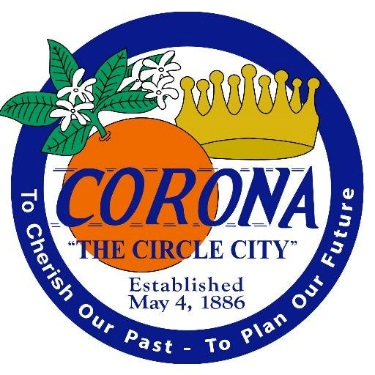
In East Los Angeles, thousands of high school students staged walkouts, and others demonstrated against the war.īut some frowned on this defiance by the young.

It was Aztlan, and we were really going to run with it,” recalled Richard Cruz, a Loyola University law student at the time.īreaking with their elders’ accommodative approach, young people in barrios across the Southwest took to the streets. “We were young and naive and we really believed we were going to create a healthy Chicano California, one big happy family. If the established institutions refused to open their doors to Chicanos, then Chicanos would build their own schools, publishing houses, political parties and health facilities. A growing sense of community and common purpose evolved into a nationalistic ideology. It was a movement of young people who rejected the term Mexican-American as something imposed on them, and called themselves Chicanos. Rooted in the same deep-seated discontent that moved earlier generations of Mexican-Americans to protest their economic and social condition, this movement’s focus was on civil rights, educational opportunities, opposition to the war and ethnic identity.
#Bert corona logo series#
Read The Times’ 1983 Pulitzer-winning series on Southern California’s Latino community Many had not seen so many familiar old faces since Ruiz’s 1971 unsuccessful run for the state Assembly. And some of the former girlfriends and wives of the movement’s youthful leaders had come to the Ruiz fundraiser alone. Others were said to have dropped out or sold out. Acosta, whom they called the ‘Brown Buffalo” and the “movement’s lawyer,” were reportedly dead. They had lost their innocence in street confrontations with police and in the realization that the system they challenged was stronger than they were.Ī few, like the legendary Oscar Z. Ruiz, now a Chicano studies professor, had been among those in the movement protesting the loudest against the school system’s treatment of Latino students. Raul Ruiz, leader in the now-defunct La Raza Unida party and former target of FBI surveillance, was returning to the public fray as a candidate in the April primary election for the Los Angeles school board. Now, at an East Los Angeles restaurant, the 1960s beat of Santana enveloping the room, members of la generación de Aztlan gathered to rally around an old star. In an explosion of youthful idealism, they set out to rebuild Aztlan, the mythical Aztec homeland that became a symbol of self-determination, of a Chicano Southwest. But they were still bound together by the political rite of passage that had forged their generation’s Chicano identity.Īs young people around the world rebelled in the 1960s against the established order, Chicanos in the Southwest searched their roots and bristled at the inequity characterizing their people’s experience in the United States. In the interim, most of the young Chicano “revolutionaries” had joined the establishment as lawyers, business executives, college professors or bureaucrats.

It was a reunion of sorts for the Chicano Movement.Ī decade had passed since the death of the movement. Like calaveras bailando - the humorous, dancing skeletons of Mexican folklore that teach us to celebrate life by laughing at death - the partygoers laughed and danced, recalling for an evening the lost intensity of their tumultuous youth.


 0 kommentar(er)
0 kommentar(er)
